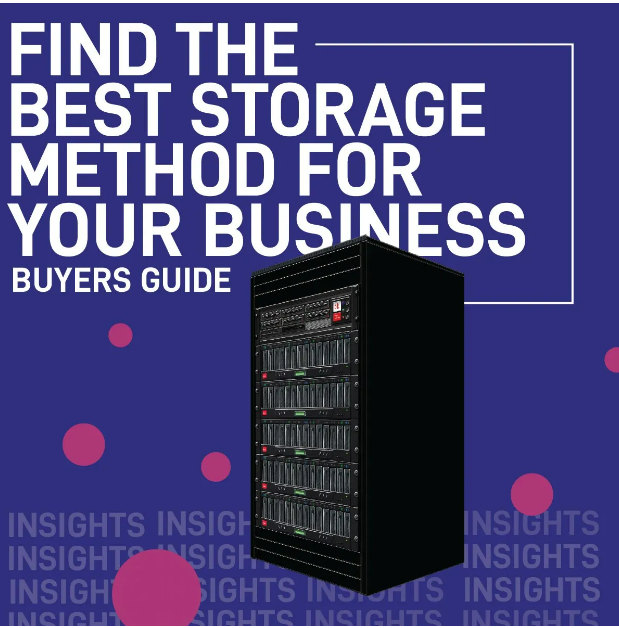Legacy Architecture: modernization processes to stay competitive.
Time to read: 5 mins
The benefits of cloud computing are widely reported – faster, more efficient, reliable, secure, and scalable computing – which is why it comes as no surprise that the public cloud adoption rate is continuing to accelerate.
According to the Flexera State of the Cloud 2023 Report, 24% of respondents are now spending more than $12 million on public cloud annually but many organizations are struggling to migrate workloads to the cloud; with the top 3 reasons cited as:
- Understanding app dependencies (49% respondents)
- Assessing technical feasibility (46% respondents)
- Rightsizing/selecting best instance (42% respondents)
Typically, legacy architecture and/or legacy code will hold businesses back, slowing their digital transformation efforts. Not all applications can simply be moved to a Software as a Service (SaaS), or consumption-based model like those offered by the public cloud. So how do you keep up with the agility of ‘born in the cloud’ rivals if you’re weighed down by legacy architecture?
What options do I have for Legacy Workload Modernization?
Many companies are still running mission-critical applications on-premises where the monolithic application code is too complex and/or expensive to refactor, or rearchitect for a modern cloud architecture. Maintaining these workloads on-premises is often a drain on capex budgets, as the underlying hardware costs the same each month in terms of maintenance, power and cooling despite the number of workloads consuming the capacity. You can’t remove the server until the last workload moves off the box. Companies with limited skills or knowledge around old programming languages often look to rehost, or “lift and shift” the application using containers rather than rebuild or replace it with a cloud-native version.
By modernizing application architectures through the use of containerized microservices, businesses can take advantage of public clouds, migrating portable workloads between hyperscalers like Azure, AWS, GCP or IBM Cloud. For a long time, the default has been x86 systems, but the same agility and portability is required for IBM i or AIX workloads running on IBM Power Systems.
With the Tectrade PowerCloud, you get a “best-of-both-worlds” cloud strategy with adjacent x86 systems in the public cloud, while your IBM workloads transfer to our PowerCloud environment on a pay-as-you-go cloud consumption model. Existing applications continue running in an optimized IBM architecture with the flexibility to create cloud-native services that integrate with the legacy apps. With our managed security, data protection and disaster recovery wrap-around service, we also ensure availability, resilience, and performance for your environment.

High Availability and DRaaS for Core Systems
A supply chain logistics partner was looking to move to a hosted model to reduce its data center costs and secure workloads for the future – we helped to improve availability while reducing risk of its core systems with new cloud-based systems.
The business was running mission-critical applications on legacy systems in disparate places – a mix of AIX and IBM i on IBM Power Systems in different data centers for production and disaster recovery (DR) purposes.
Cloud services for x86 systems has already been adopted so it was only a natural progression that the company wanted to take advantage of cloud-based Infrastructure as a Service (IaaS) and Disaster Recovery as a Service (DRaaS) for its core IBM systems as an alternative to re-hosting the existing systems.
Relocating existing systems to data centers operated by a third-party hosting provider was an option, however, the legacy issues would remain and could only be resolved through costly upgrades.
We positioned the Tectrade PowerCloud to host the legacy workloads, and as a result, not only did performance and availability improve, but it was 40% more cost-effective over two years. Now the organization benefits from high availability (HA) and DRaaS by real-time replication between two separate sites, 24×7 support, monitoring and management from our dedicated team.
Benefits of the Cloud for Legacy Apps
The Tectrade PowerCloud can help businesses transition to the cloud or modernize legacy workloads in a more cost-effective, secure way. Removing the burden and costs associated with on-premises legacy infrastructure, plugging skill gaps, and providing a consumption-based cloud cost model, are some of the benefits you can realize for mission-critical, legacy applications that no longer need to hold your business back on your modernization journey.
For help devising a cloud strategy, or advice on upgrade paths for your IBM workloads, our team is available to support. Regardless of your scenario, Tectrade has the deep expertise and technical capability to help – from remote management of on-premises infrastructure and traditional hosting to architecture modernization and hybrid cloud adoption.
Based on the article by Andy Dunn, CRO at CSI Group:
Legacy Architecture: How to Avoid Getting Stuck in the Modernization Process
Read more articles

Storage and Backup
A Buying Guide to Finding the Best Storage Solution for Your Business
Find the right storage solution for your company.
IBM Power
The IT Skills Gap Is Only Getting Wider in 2024
The IT skills gap is forecasted to widen in 2024 – especially for IBM i skills, what happens next?

About Tectrade
Tectrade Change Freeze (Dec-Jan)
We will be operating a ‘Change Freeze’ across our hosted and managed infrastructure to manage risk at this critical time.